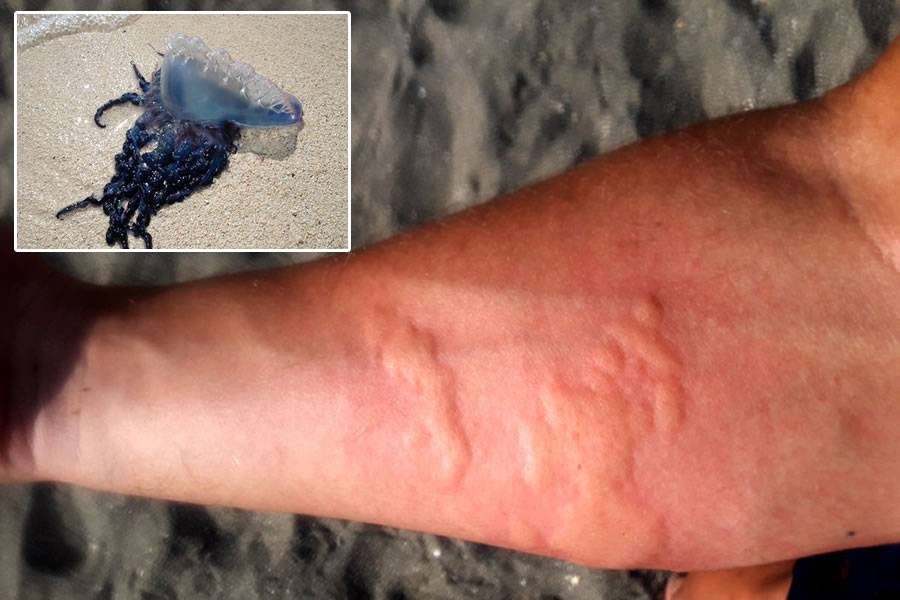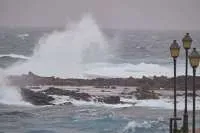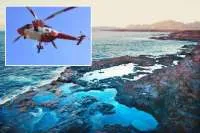Jellyfish injuries tripled over Easter
- 11-04-2023
- Health
- Canarian Weekly
The arrival of the Portuguese man-of-war (Physalia physalis) on the shore of Las Canteras beach in Gran Canaria over Easter, tripled the number of people affected by the stings of jellyfish. According to data provided by the Red Cross, twenty people were treated for stings this Easter compared to just six this time last year.
The Las Palmas Council were forced to implement a red flag for two days on Thursday and Friday between La Puntilla and Peña La Vieja, and for one extra day in the case of La Cícer, until Saturday, due to the increased presence of jellyfish.
La Cícer was the area most affected with 12 people needing treatment after being stung, while eight cases were registered on the rest of the beach.
This Easter, jellyfish stings accounted for 63% of all health interventions carried out by Red Cross Beach volunteers (32). For comparison, last year the percentage affected for this reason was 32% of the 19 people assisted on the same beach.
However, the increase in incidents also has to do with the number of people who came to the beach this Easter rather than the number of jellyfish that have been recorded.
In fact, the Beach Cleaning service has not even counted the kilos of jellyfish removed from the beach after being washed up on the shore, because it has been done manually, but they say it is nowhere near the amount experienced in 2012 when almost ten tons of jellyfish were removed.
The jellyfish have been blown by the wind:
The strong north winds and the tides over the last week, led to the arrival of the Portuguese Man O’War on the beach of Las Canteras. However, keep in mind that jellyfish do not move by themselves.
“Jellyfish lack mobility and only move by floating, pushed by the wind in that kind of sail they have," explains the professor of Zoology at the University of Las Palmas de Gran Canaria, May Gómez Cabrera. "In the days before Easter Week there was a strong wind and Las Canteras is like a trap because once they enter La Barra they can't get out," she added.
Although not deadly to humans, their sting packs a painful punch and causes welts on exposed skin that can last for several hours and should not be touched.



























































